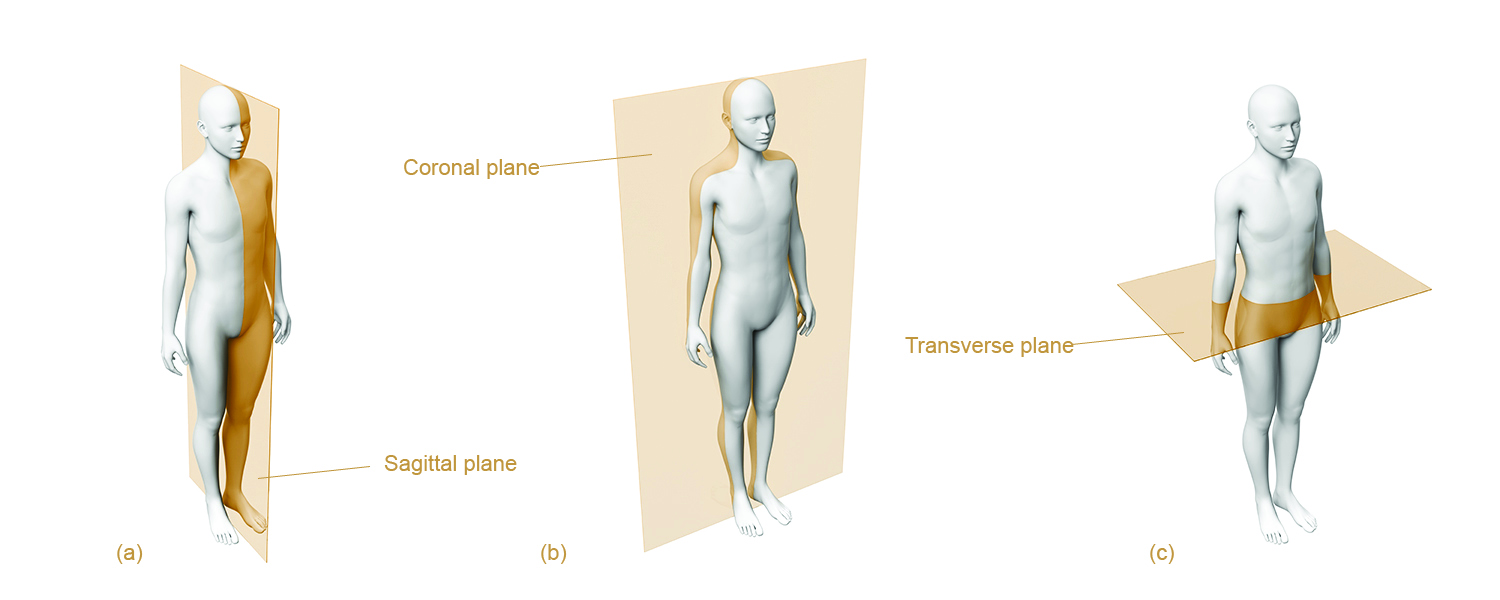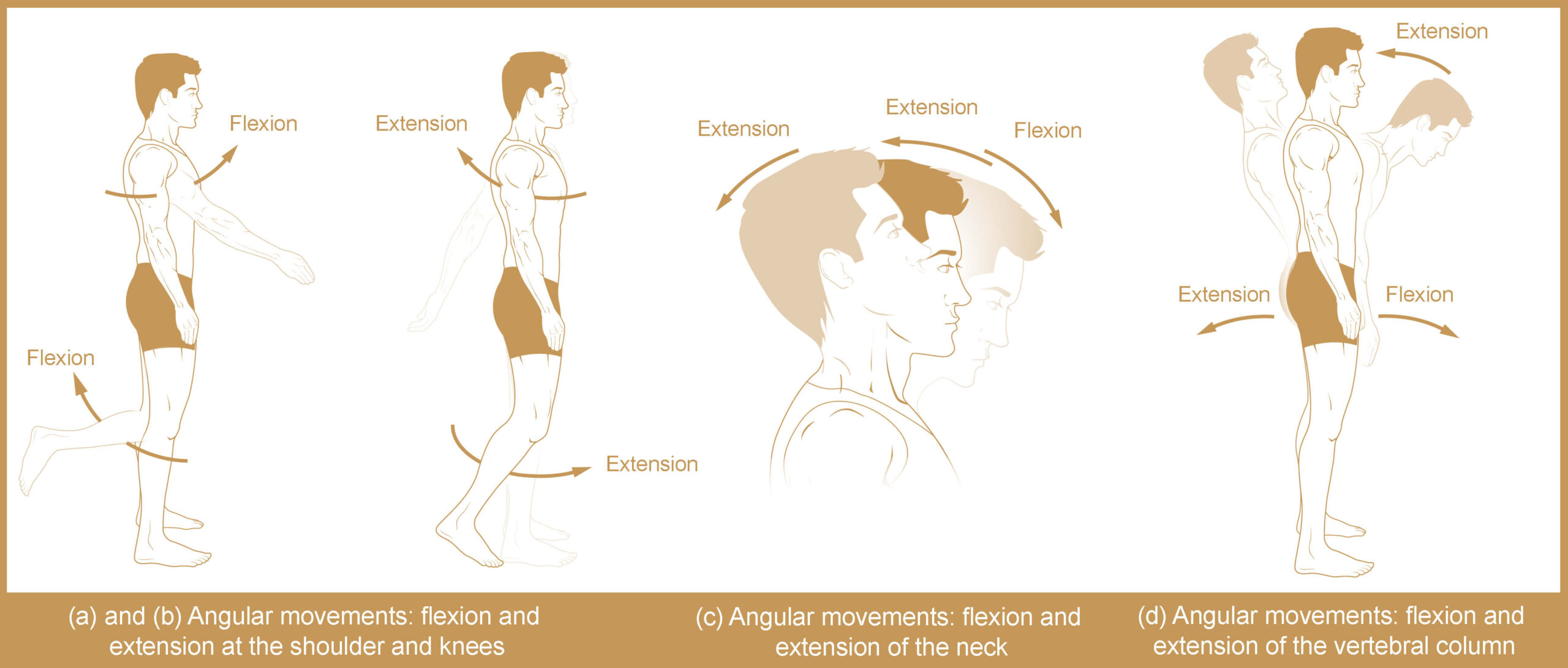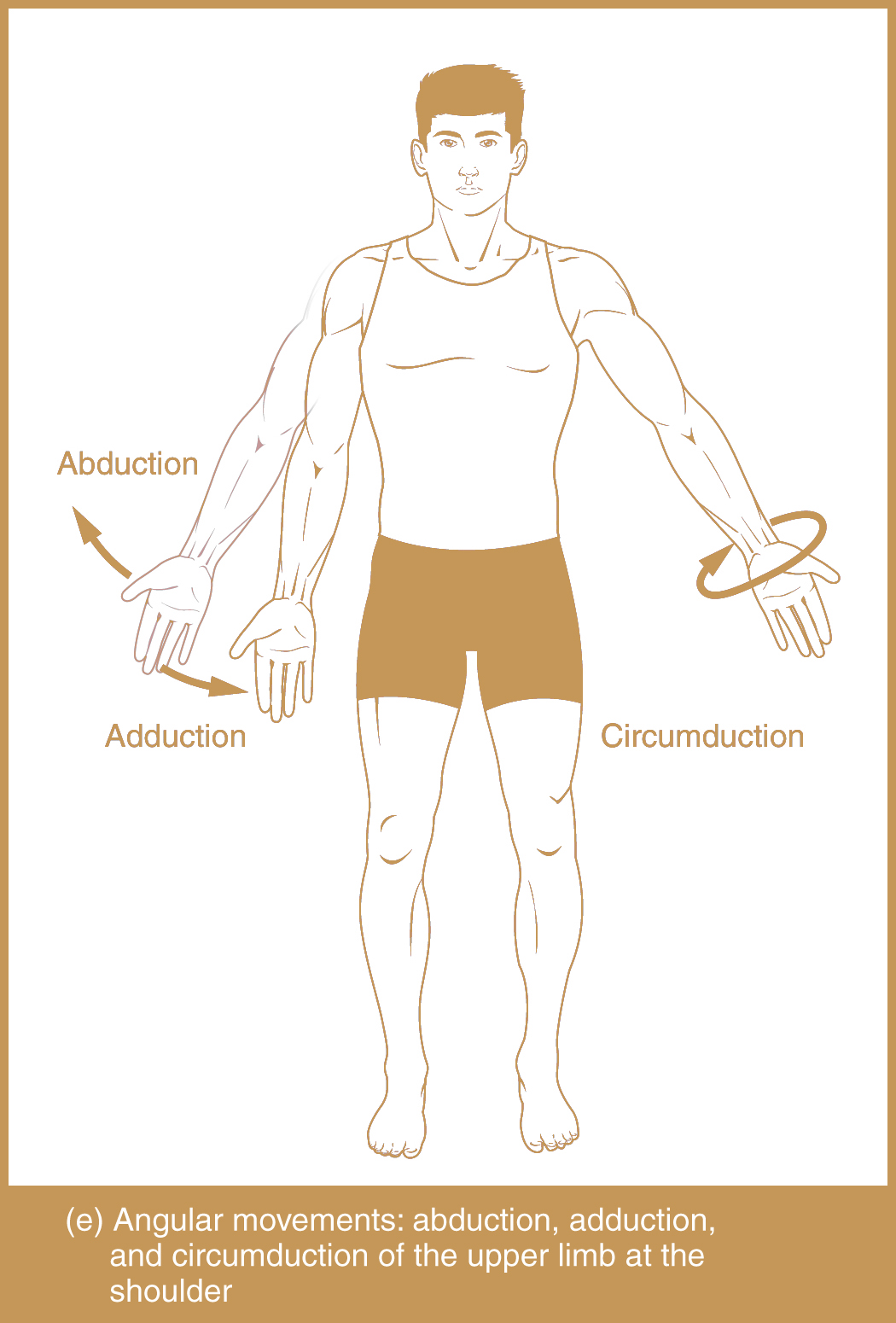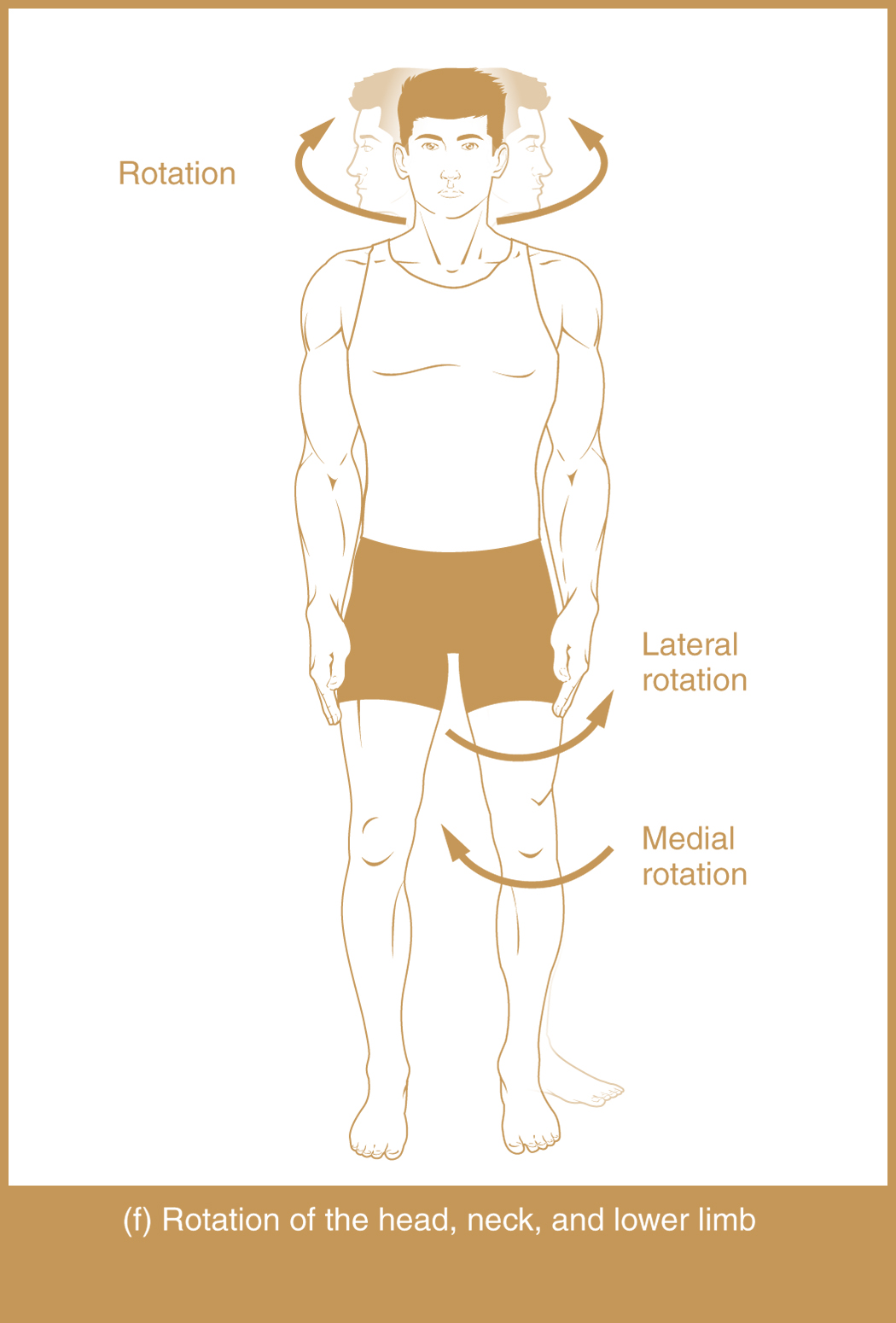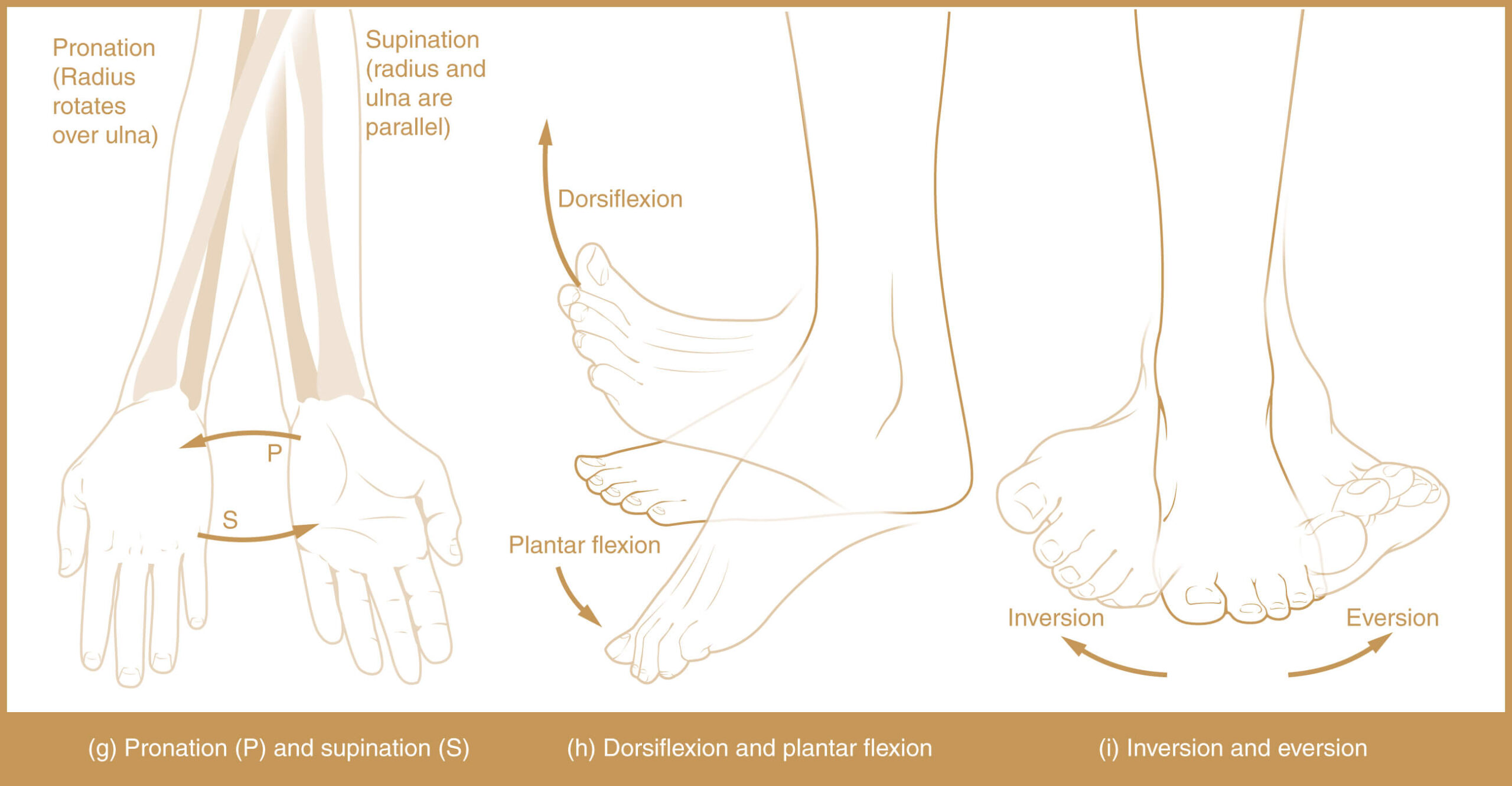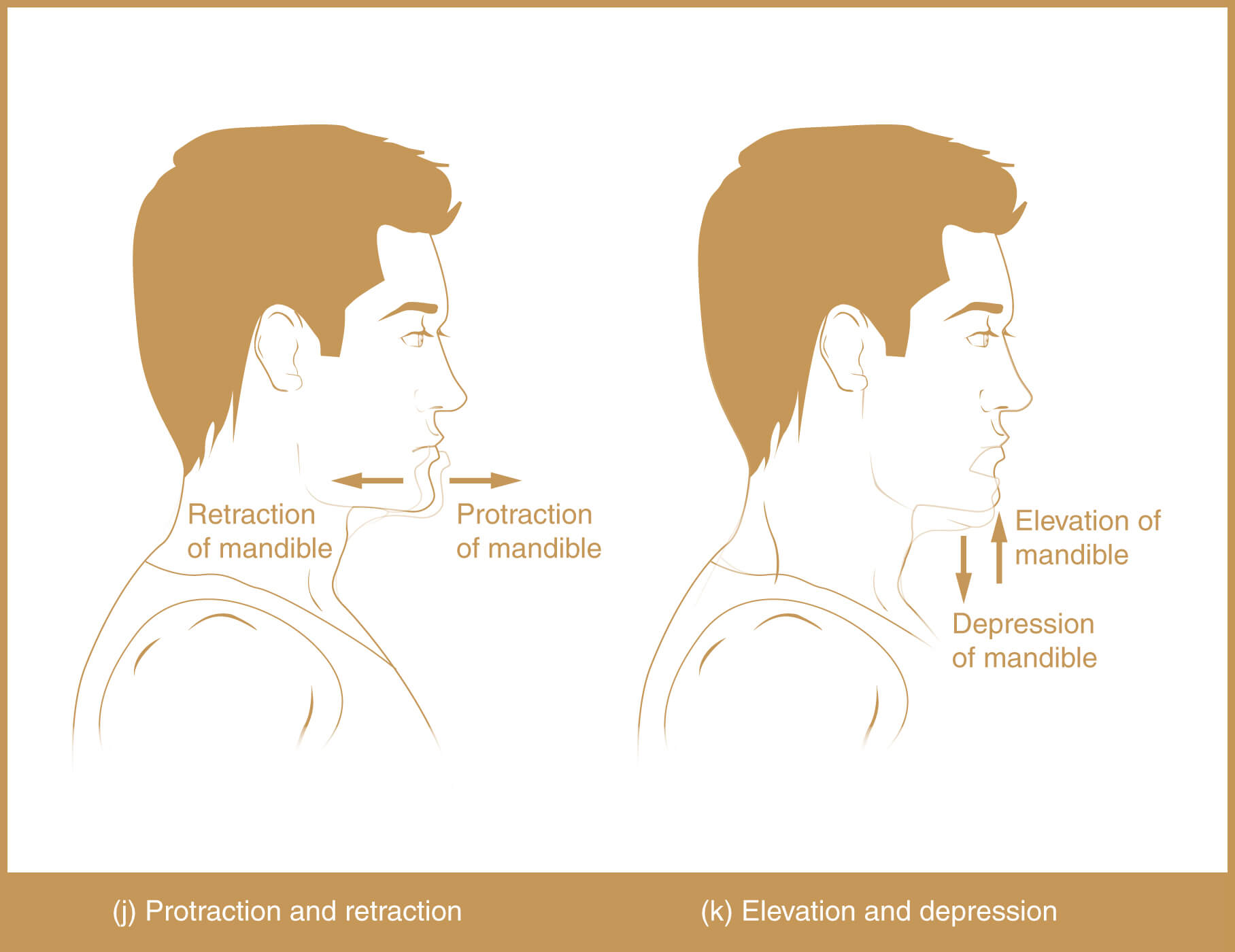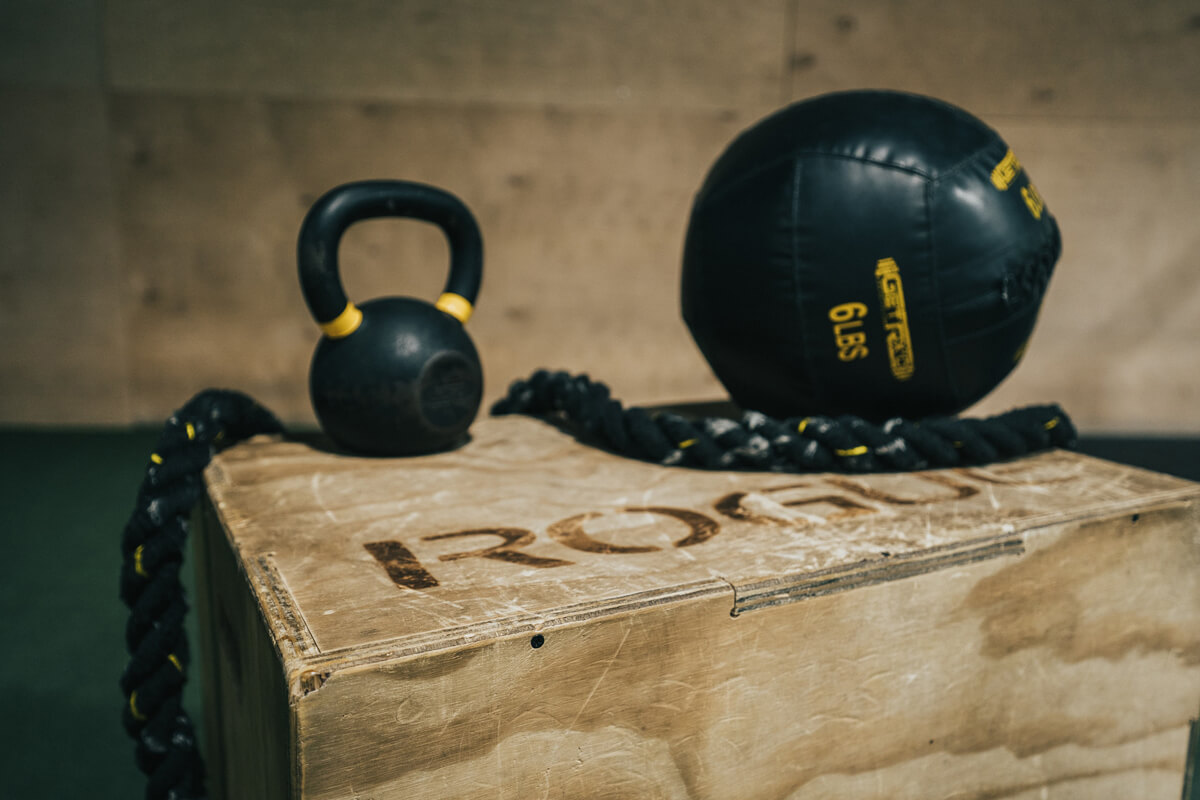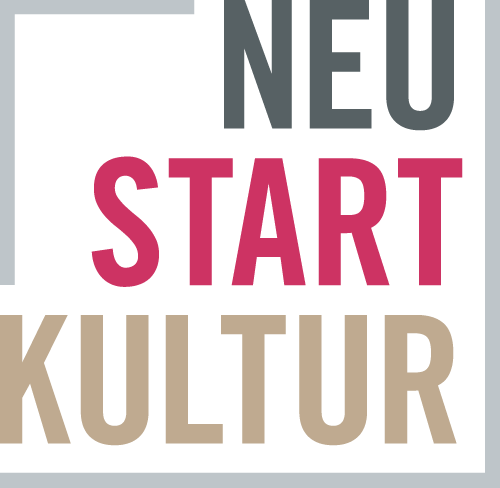DIS-TANZ DIARY #18
TYPES OF BODY MOVEMENTS
May 05, 2021 in DIS-TANZ-SOLO
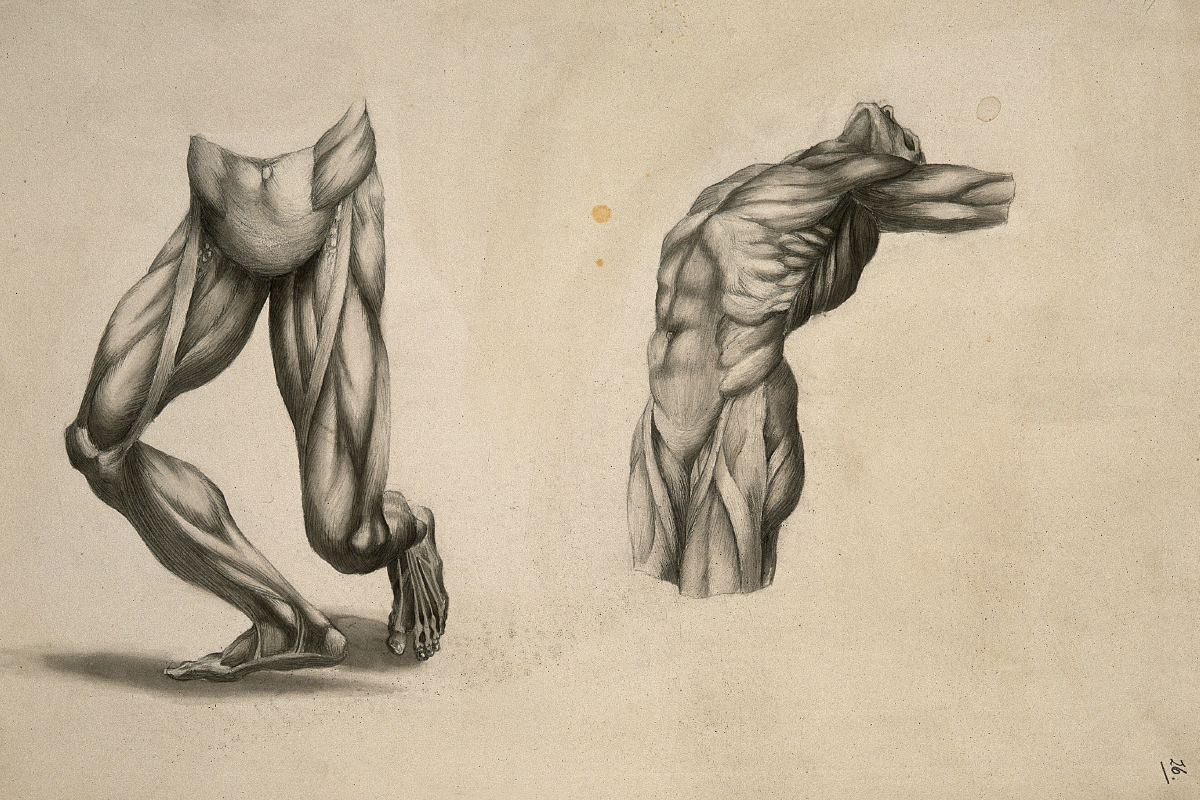
This article looks at the anatomical terms of movement, which are used to describe the actions of muscles upon the skeleton. Our muscles contract to produce movement at joints, and the subsequent movements can be precisely described using this terminology. The terms used assume that the body begins in the anatomical position.
I chose the above écorché drawing not only as the title image because I find it particularly beautiful, but also to directly point to one thing that dancers may find contradictory. On the left we see someone who is bending the knees. Anatomically, this is a flexion of the knees and the hips. On the right side, we see someone bending their back. Anatomically, this is an extension of the spine.
If we want to analyze a movement in a targeted manner, we must therefore distinguish which terminology we are working with. A dancer’s terminology may not always match the correct anatomical terms. Of course this is not a problem as long as we make sure that we are using the same language as the person we are talking to. Nevertheless, it can be useful if we also look at the anatomical side of things.
So let’s get into the nitty gritty…
